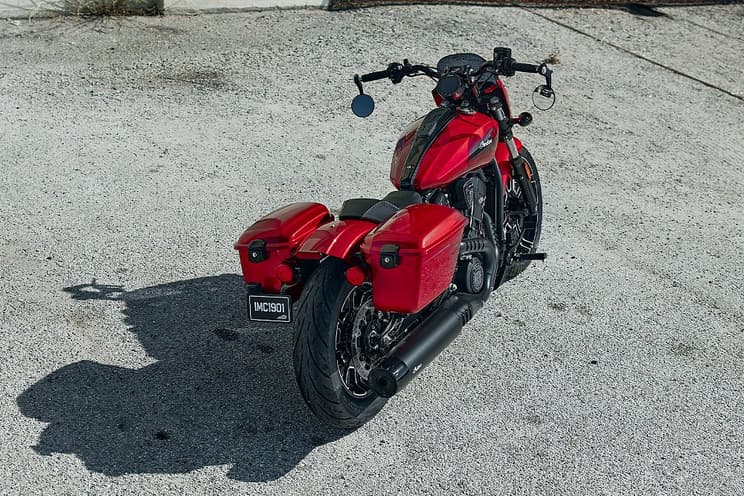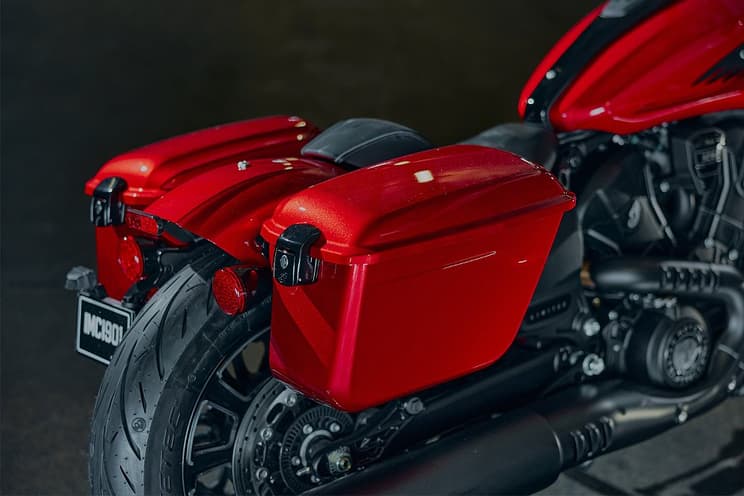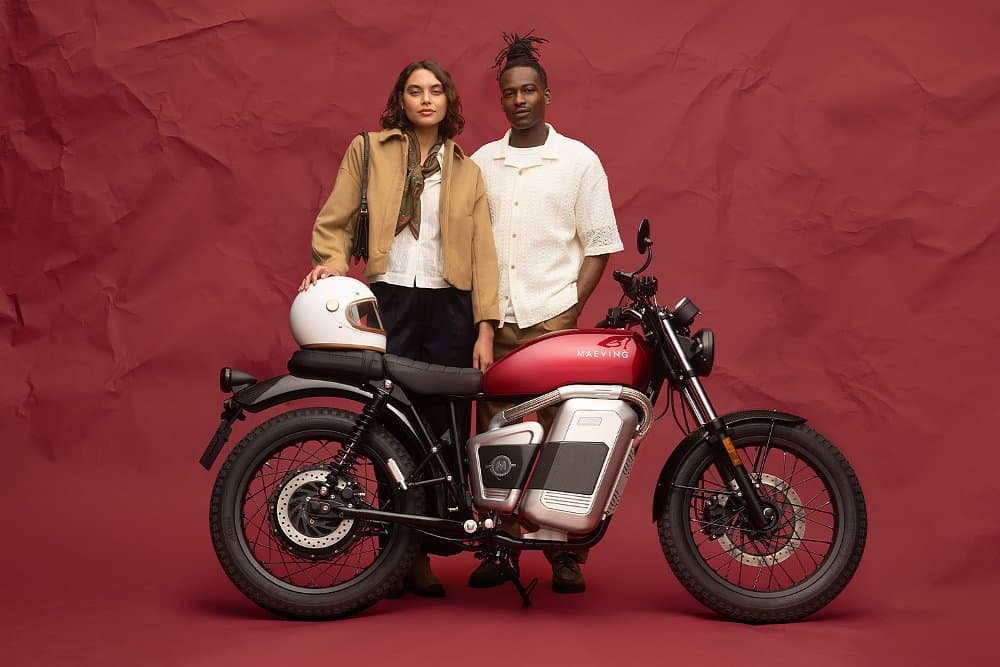Indian Motorcycle is going all-in with the mid-size cruiser market.
It unveiled a fully revamped Scout series in April 2024. An updated Scout Sixty line followed just six months later. With eight variants now comprising the mid-size range, I thought the Minnesota-based manufacturer had exhausted all its Scout permutations. Apparently, I thought wrong.
The 2026 Sport Scout RT proves there’s still blood to squeeze from the Scout stone. The new variant earns its spot in the group thanks to modest travel accommodations, but it shares much with an existing Scout.

Let’s just drill down to the core of the Sport Scout RT, shall we? Basically, Indian took its Sport Scout and dressed it up with color-matched fenders, hard bags, and a fairing. Of course, the standard Sport Scout also comes with fenders and a fairing, but they’re only available in black. The real story here is the RT’s luggage, which offers “over 10 gallons of weatherproof storage.” Indian also claims the bags carry “an entire set of riding gear, including boots, pants, a jacket, and gloves.”
Under the saddlebags and matchy-matchy bodywork, the RT is mechanically identical to the base mode Sport Scout. That means it features a liquid-cooled 1,250 cc V-twin that Indian lists at 105 horsepower (at 7,250 rpm) and 82 foot-pounds of torque (at 6,300 rpm). Its 19-inch front wheel maintains the Sport Scout stance and a 25.7-inch seat height caters to inseams of all lengths — even if rear suspension travel totals just three inches as a result.
It’s those similarities that call the RT’s viability into question.

Scout customers could use some luggage options, but introducing a whole new model seems excessive. That’s especially true when the Sport Scout RT starts at $16,999, or $3,500 more than the 2025 Sport Scout. Heck, its $2,000 more than the base model 2025 Chief.

Now, some of that price difference comes down to Indian only offering the Sport Scout RT in its Limited +Tech trim, which includes cruise control, traction control, ride modes, and a round four-inch TFT display. Still, it’s a hefty price tag for a mid-size cruiser.
| 2026 Indian Sport Scout RT | |
|---|---|
| Price (MSRP) | $16,999 |
| Engine | 1,250 cc, liquid-cooled, eight-valve, V-twin |
| Transmission, final drive | Six-speed, belt |
| Claimed horsepower | 105 @7,250 rpm |
| Claimed torque | 82 foot-pounds @ 6,300 rpm |
| Frame | Steel tubular |
| Front suspension | 41 mm fork; 4.7 inches of travel |
| Rear suspension | Dual shocks, adjustable for spring preload; 3.0 inches of travel |
| Front brake | Single two-piston caliper, 298 mm disc with ABS |
| Rear brake | Single-piston caliper, 298 mm disc with ABS |
| Rake, trail | 29.0 degrees, 4.8 inches |
| Wheelbase | 61.5 inches |
| Seat height | 25.7 inches |
| Fuel capacity | 3.4 gallons |
| Tires | Metzeler Cruisetec 130/60B19 front, 150/80B16 rear |
| Claimed weight | 528 pounds (dry) |
| Available | November 2025 |
| Warranty | 24 months |
| More info | indianmotorcycle.com |











